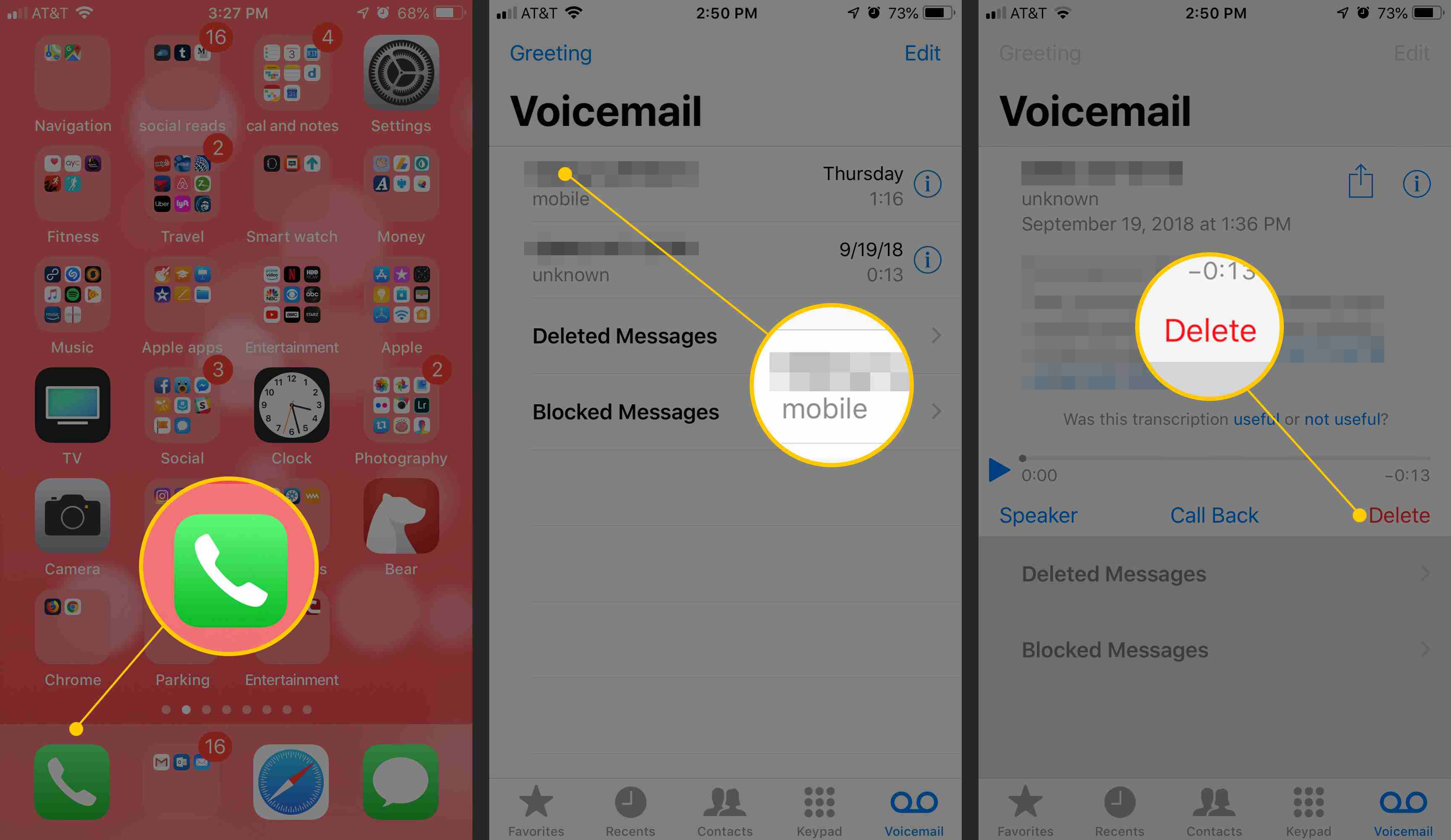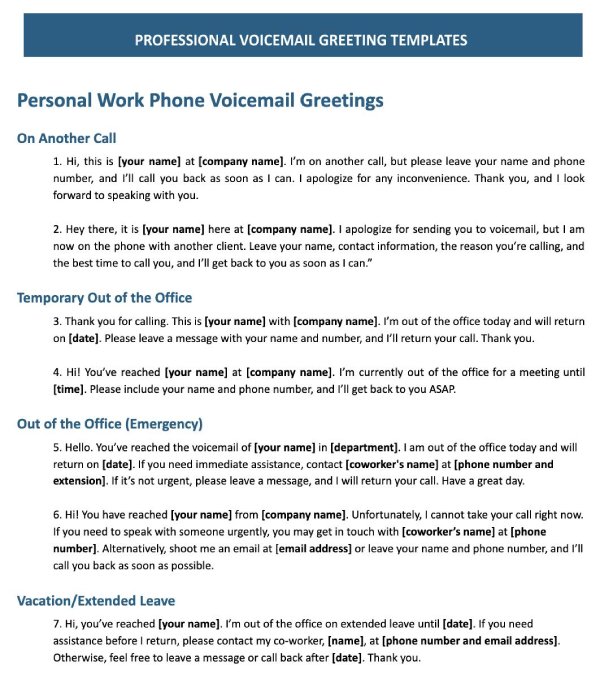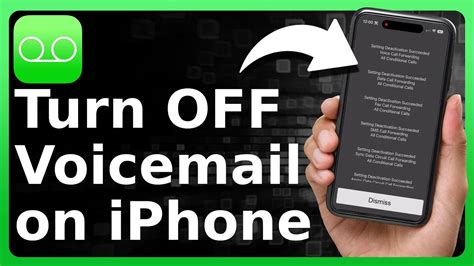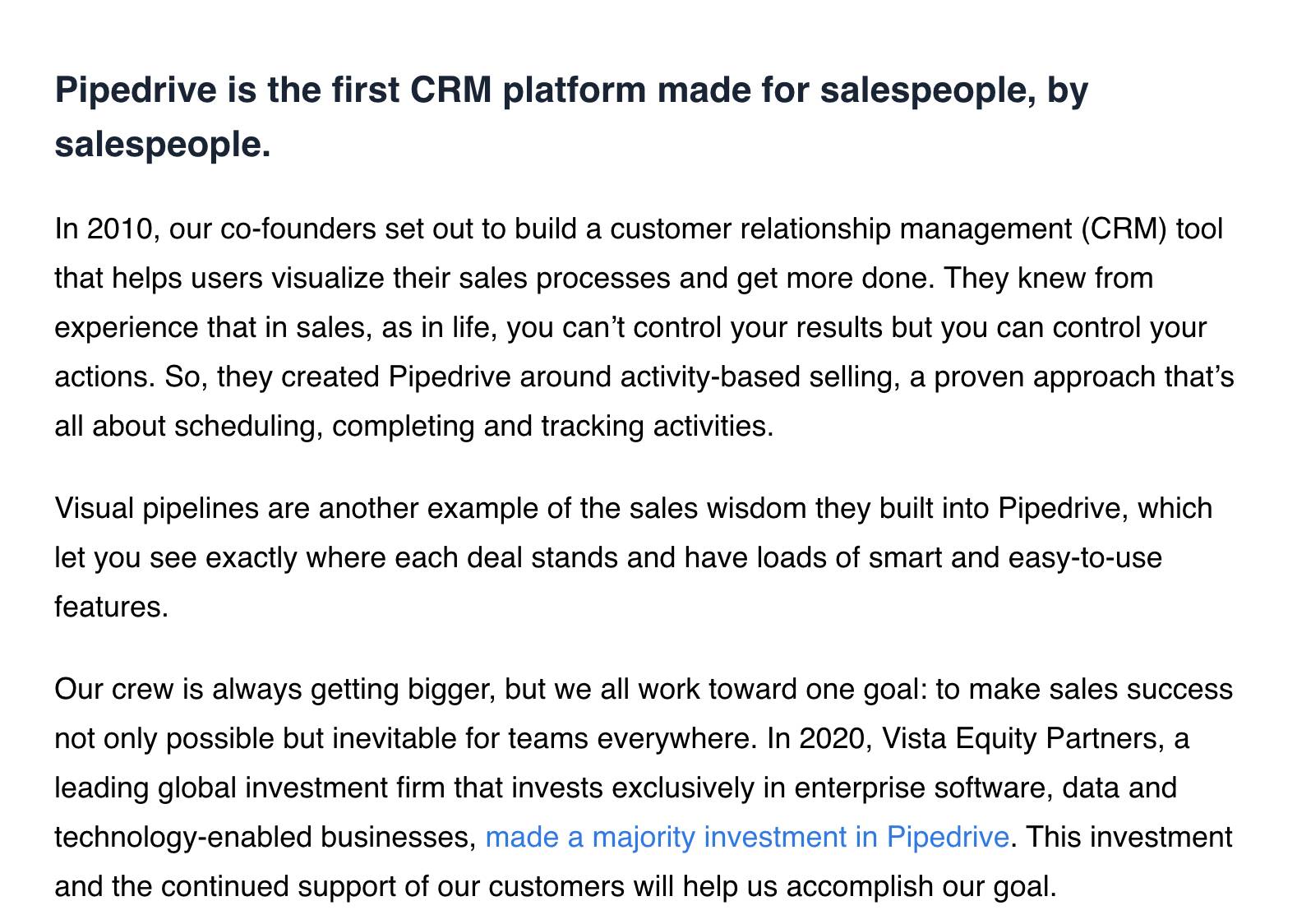Master the Art: 5 Ways to Close Voicemail

In today's fast-paced business world, effective communication is key to success. Voicemail has become an essential tool for professionals, allowing them to connect and leave important messages when direct contact is not possible. However, crafting the perfect voicemail that captures attention and leaves a lasting impression can be an art form. In this article, we will uncover the secrets to mastering the art of voicemail, exploring five powerful strategies to ensure your message is heard and remembered.
The Importance of a Compelling Voicemail

Voicemail serves as a critical extension of your professional presence. It is often the first impression you make when connecting with clients, colleagues, or potential business partners. A well-crafted voicemail can set the tone for future interactions, showcasing your professionalism, attention to detail, and communication skills. In a competitive business landscape, standing out from the crowd is essential, and a compelling voicemail can be your secret weapon.
Consider the following scenario: You're a busy executive, and your schedule is packed with meetings and important tasks. Suddenly, an urgent matter arises, and you need to reach a key client or business partner. However, when you dial their number, you're greeted with their voicemail. In this moment, your ability to leave a memorable and engaging message can make all the difference. A compelling voicemail not only conveys your message effectively but also leaves a positive and lasting impression.
Strategy 1: Craft a Clear and Concise Message

The first step to mastering the art of voicemail is to craft a message that is clear, concise, and to the point. Your goal is to convey your purpose within the first few seconds, ensuring the listener understands the reason for your call. Avoid rambling or providing excessive details; instead, focus on the key points you want to communicate.
Imagine you're leaving a voicemail for a potential client who has expressed interest in your services. In this case, your message might sound like:
"Hi, this is [Your Name] from [Your Company]. I'm reaching out regarding the project we discussed. I wanted to provide an update on our progress and share some exciting developments. I'll keep it brief, as I know your time is valuable. I'll send over a detailed proposal shortly, but I wanted to give you a quick overview of our approach. Please feel free to call me back at your convenience, and we can discuss further. Thank you for your time, and I look forward to connecting soon."
By keeping your message concise, you respect the recipient's time and demonstrate your ability to communicate efficiently.
Key Takeaway: Brevity is essential. Convey your purpose clearly and leave room for further discussion.
Strategy 2: Use a Friendly and Engaging Tone
Your tone of voice plays a crucial role in leaving a positive impression. Adopt a friendly and engaging tone to make your voicemail more approachable and inviting. A warm and enthusiastic tone can put the listener at ease and encourage them to return your call.
Consider the following example:
"Hello there! It's [Your Name] from [Your Company], and I hope this voicemail finds you well. I wanted to reach out and share some exciting news about our latest collaboration. I think it could be a perfect fit for your business, and I'd love to discuss it further. Give me a call back at your convenience, and we can dive into the details. I'm excited to hear your thoughts! Talk soon."
A friendly and enthusiastic tone not only makes your message more memorable but also creates a positive connection with the listener.
Key Takeaway: A friendly tone builds rapport and makes your voicemail stand out.
Strategy 3: Personalize Your Voicemail
Generic voicemails can often be overlooked or forgotten. To ensure your message is remembered, personalize it to the recipient. Mention their name, refer to a previous conversation or meeting, or highlight a shared interest or goal. This simple step adds a human touch and demonstrates your attention to detail.
Let's say you're leaving a voicemail for a colleague you recently met at a conference. Your personalized message might sound like:
"Hi [Colleague's Name]! It's [Your Name] from [Your Company]. I wanted to reach out after our conversation at the conference. I thoroughly enjoyed discussing [shared interest or topic]. I believe we can collaborate and achieve great things together. Let's schedule a call to explore this further. I look forward to reconnecting and building on our initial connection."
Personalization adds a layer of authenticity and shows your commitment to building meaningful professional relationships.
Key Takeaway: Personalization makes your voicemail unique and memorable.
Strategy 4: Leave a Call to Action

A powerful voicemail should leave the listener with a clear call to action. Guide them on the next steps by providing specific instructions or suggestions. Whether it’s requesting a callback, encouraging them to visit your website, or asking for their feedback, a call to action ensures your message doesn’t go unanswered.
Consider the following example:
"Hello [Recipient's Name]. This is [Your Name] from [Your Company]. I wanted to share some valuable insights and resources that I think could benefit your business. To access these resources and learn more, please visit our website, [Website URL]. There, you'll find detailed information and a step-by-step guide. I'm also available for a quick consultation if you'd like to discuss further. Feel free to reach out via email or phone. I look forward to connecting and helping you achieve your goals."
By providing a clear call to action, you empower the listener to take the next step and engage with your offer.
Key Takeaway: A call to action prompts the listener to respond and take action.
Strategy 5: Practice and Refine Your Voicemail
Mastering the art of voicemail requires practice and refinement. Record and review your voicemails to ensure they sound natural, confident, and engaging. Pay attention to your tone, pacing, and the clarity of your message. With practice, you’ll develop a unique and compelling voicemail style that leaves a lasting impression.
Consider the following tips to refine your voicemail:
- Use a calm and steady pace to ensure your message is easy to understand.
- Avoid jargon or complex language that may confuse the listener.
- Practice different intonations and tones to find your unique style.
- Record and listen to your voicemails to identify areas for improvement.
By continuously refining your voicemail technique, you'll become a master of this art form, leaving a positive and memorable impression with every call.
Key Takeaway: Practice makes perfect. Refine your voicemail to achieve excellence.
Voicemail Etiquette: Dos and Don’ts
As you master the art of voicemail, it’s essential to adhere to certain etiquette guidelines. Here are some dos and don’ts to keep in mind:
| Do | Don't |
|---|---|
| Keep your voicemail greeting professional and updated. | Use slang or inappropriate language in your greeting. |
| Respect the recipient's time by keeping your message concise. | Leave long-winded voicemails that may be ignored. |
| Be polite and respectful, even if the call is regarding a sensitive matter. | Use an aggressive or confrontational tone. |
| Personalize your voicemail to build rapport and connections. | Use generic voicemails that lack authenticity. |
| Provide a clear call to action to encourage a response. | Leave voicemails without guiding the listener on the next steps. |

Conclusion: Elevate Your Professional Image
In a world where first impressions matter, mastering the art of voicemail is an invaluable skill. By implementing the strategies outlined in this article, you can elevate your professional image and leave a lasting impression with every voicemail you leave. Remember, a well-crafted voicemail can open doors to new opportunities and strengthen existing connections. Embrace the power of effective communication, and let your voicemails speak volumes about your professionalism and expertise.
FAQ
How long should my voicemail be?
+
Keep your voicemail brief, ideally between 30 seconds to 1 minute. Longer voicemails may lose the listener’s attention or come across as overly wordy.
Should I include my contact information in the voicemail?
+
Yes, always provide your contact details, including your phone number and email address. This ensures the recipient can reach you easily.
What if I need to leave a lengthy message with multiple details?
+
If your message requires extensive details, consider sending an email or using a messaging platform. Voicemail is best suited for concise and urgent messages.



